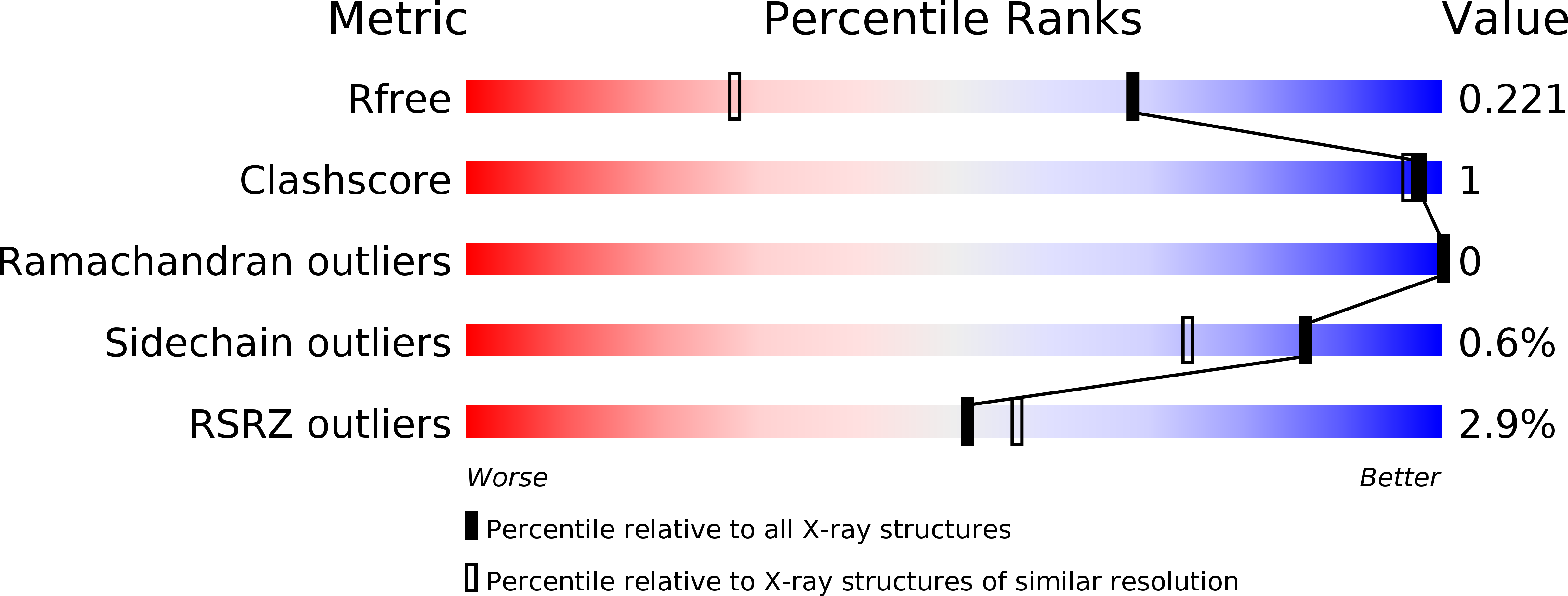
Deposition Date
2006-12-11
Release Date
2007-03-20
Last Version Date
2023-08-30
Entry Detail
PDB ID:
2O7I
Keywords:
Title:
The X-ray crystal structure of a thermophilic cellobiose binding protein bound with cellobiose
Biological Source:
Source Organism:
Thermotoga maritima (Taxon ID: 2336)
Host Organism:
Method Details:
Experimental Method:
Resolution:
1.50 Å
R-Value Free:
0.21
R-Value Work:
0.19
R-Value Observed:
0.19
Space Group:
P 41 21 2


